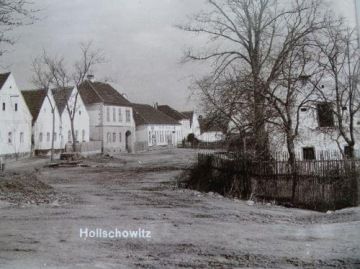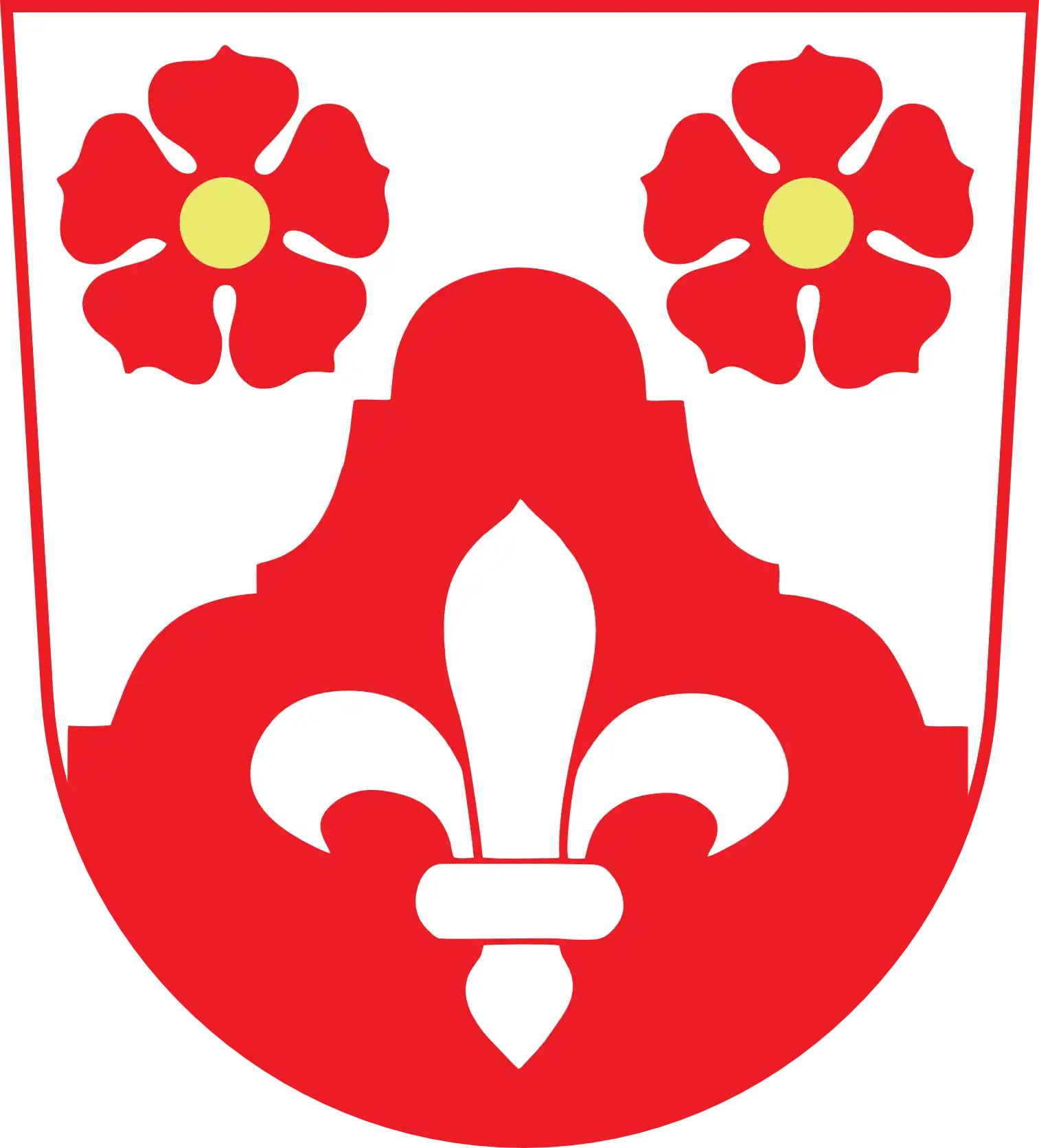Extinct trap
A history that has left its mark on the village square.

A pastouška was a municipal building that originally served as a dwelling for the municipal shepherds and servants. Archival evidence of these buildings dates back to the 14th century. After the demise of communal cattle grazing in the late 19th and early 20th centuries, pastoukas were used to house the poor or orphans. These were usually ground-floor timbered or brick buildings, similar in external and internal design to the dwellings of cottagers. They stood in the village square or at the end of the village.
In Holašovice, the building of the now defunct village shepherd's hut was situated in the southern part of the village square. The origin of the building is probably very old, as the Theresian cadastre records the existence of at least three village houses. The pasture included a garden in front of the south front.
The shepherd's hut was demolished around the middle of the 20th century. The last state of the now abandoned building is shown on a postcard from the first half of the 20th century. We can see most of the south gable front with two windows and a gabled roof. The simple gable has a stucco surround and contains a total of four openings - a door in a timber frame for feeding hay, two openings in the shape of recumbent rectangles at the sides and a circular opening at the top. Judging by the character of the gable, the last alterations were carried out in the second half of the 19th century.






